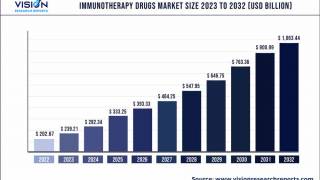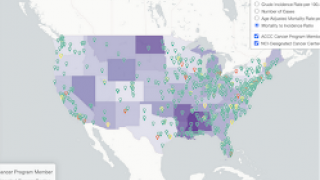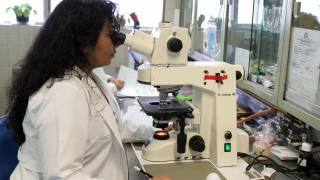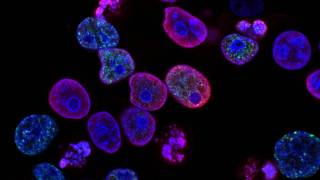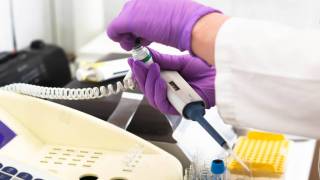Therapeutic Vaccine Could Fight Several Types of Cancer
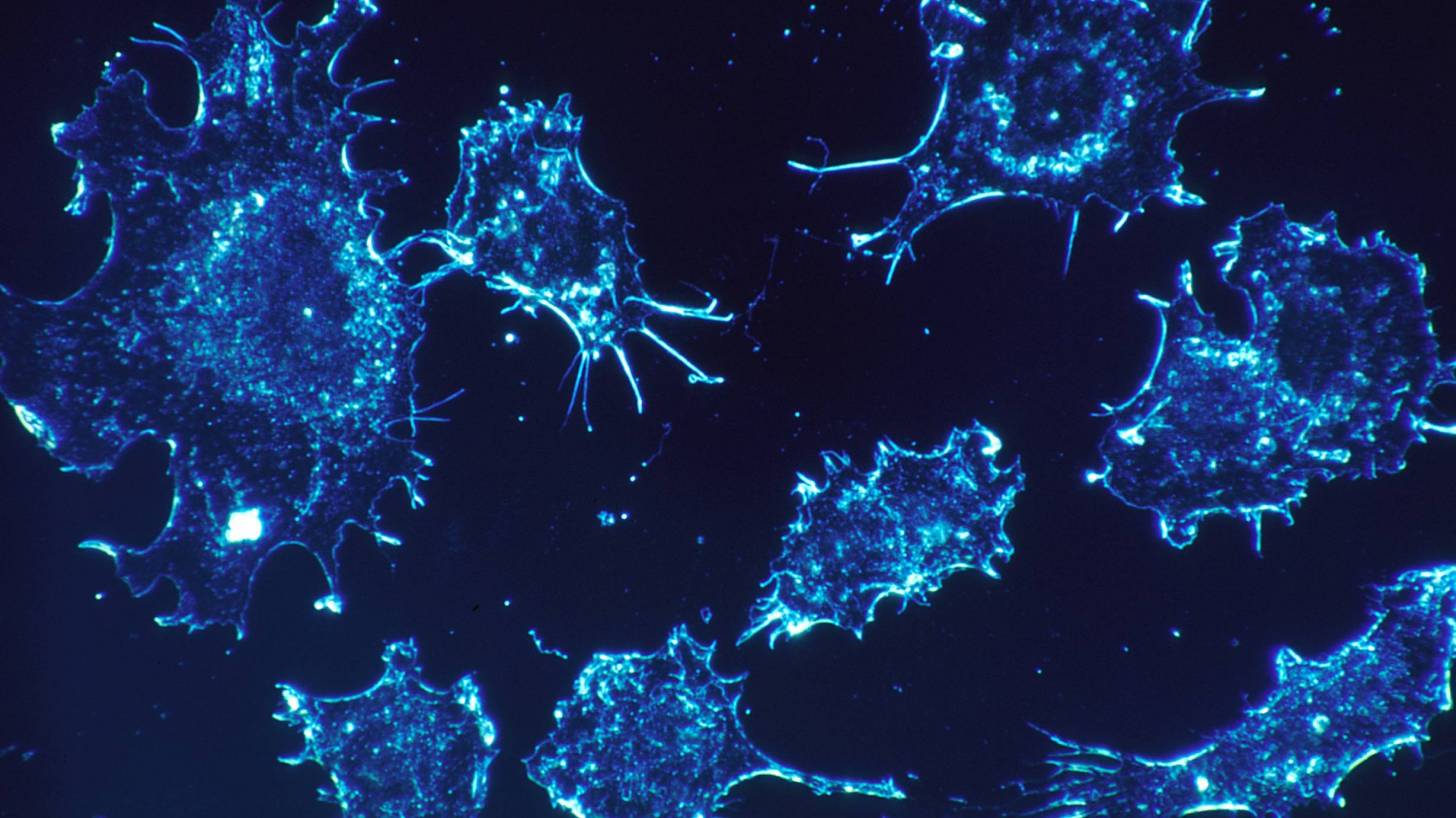
Researchers at the Institute for Research in Immunology and Cancer (IRIC) at the University of Montréal are looking for a therapeutic cancer vaccine solution in an unusual place: non-coding DNA sequences.
Using mice injected with various types of cancer cells, the IRIC team was able to identify numerous antigens deriving from the non-coding portion of DNA, several of which were both specific to cancer cells and common to different types of cancer.
This allowed the research team to create a developmental vaccine based on leukemia cells containing some of the identified antigens, which was administered to the mice.
The test results were highly encouraging.
“Each antigen we tested eliminated 10 to 100 percent of leukemia,” said these researchers.
The same antigens were subsequently identified in leukemia cells in humans.
This new non-human study was published on December 5, 2018, in Science Translational Medicine.
“The longer the tumor is infiltrated by the lymphocytes, the longer the patient’s survival,” explained Claude Perreault, a principal investigator on the IRIC team, along with Pierre Thibault and Sébastien Lemieux.
“In patients whose tumors are under greatest attack by T lymphocytes, a drug developed 12 years ago that stimulates their immune system is capable of fighting 25 percent of cancer cases,” Perreault said to the University of Montreal.
T lymphocytes recognize tumors by the presence of foreign antigens – or peptides – on the surface of cells.
However, even if these antigens are recognized by the immune system, they do not sufficiently stimulate it for the lymphocytes to target and destroy them.
As such, the search for a vaccine has focused on identifying tumor-specific antigens in order to allow the immune system to attack them more effectively.
Since these antigens are the result of defective genes, various research teams have tracked the culprits to the portion of DNA known to encode antigens and proteins.
But they have not been successful.
“This portion of DNA makes up only 2 percent of the human genome,” Perreault explained.
“DNA sequences known to be “non-coding” may have been “silenced” by the methylation of DNA that affects gene expression.”
“It is here, in this non-coding DNA, which is estimated to account for 98 percent of the DNA of our cells, that our work is focused,” said Perreault.
Perreault describes his team’s findings as extremely promising and as opening up the possibility for the development of vaccines to treat leukemia and lung cancer in humans, which he believes that clinical trials with humans could start within the next two to three years.
Developing therapeutic cancer vaccines targeting the antigens identified by the IRIC team would be a cost-effective way to save lives, while at the same time greatly simplifying treatment of this terrible disease, notably by limiting the many side effects of chemotherapy.
Our Trust Standards: Medical Advisory Committee



